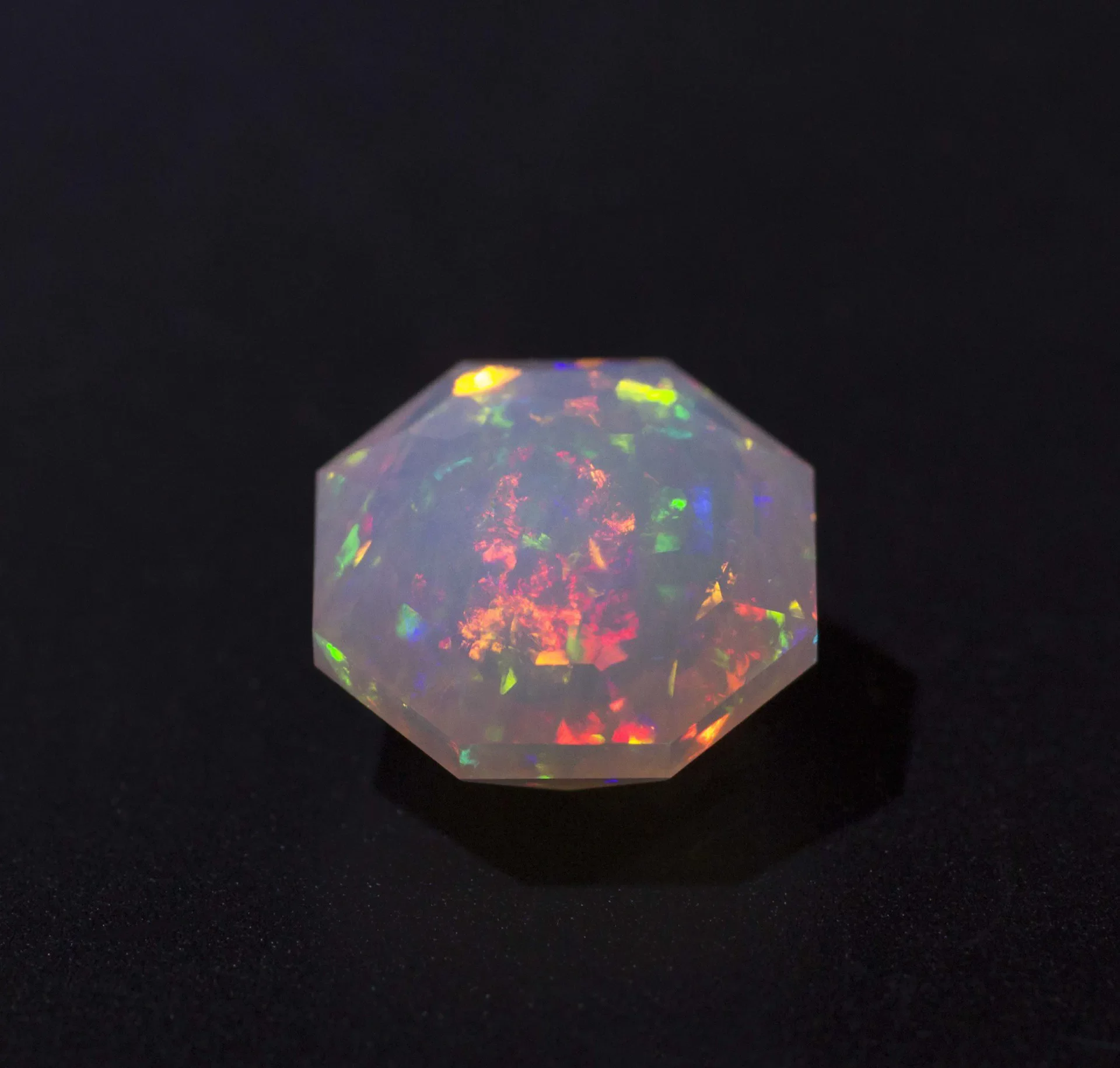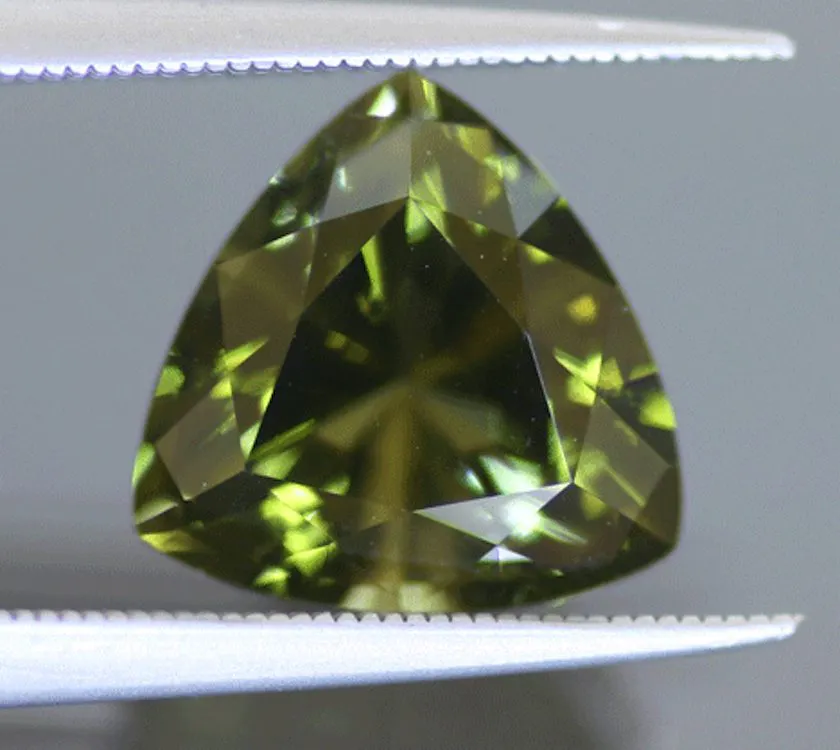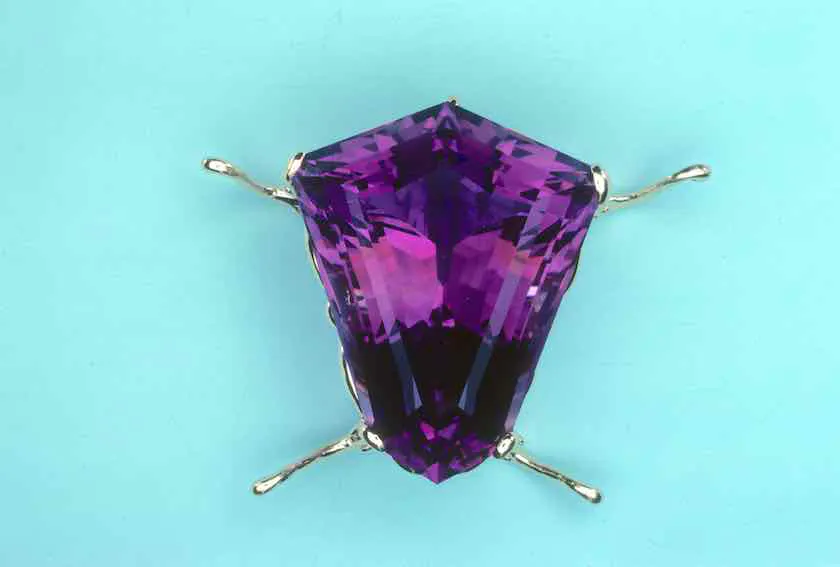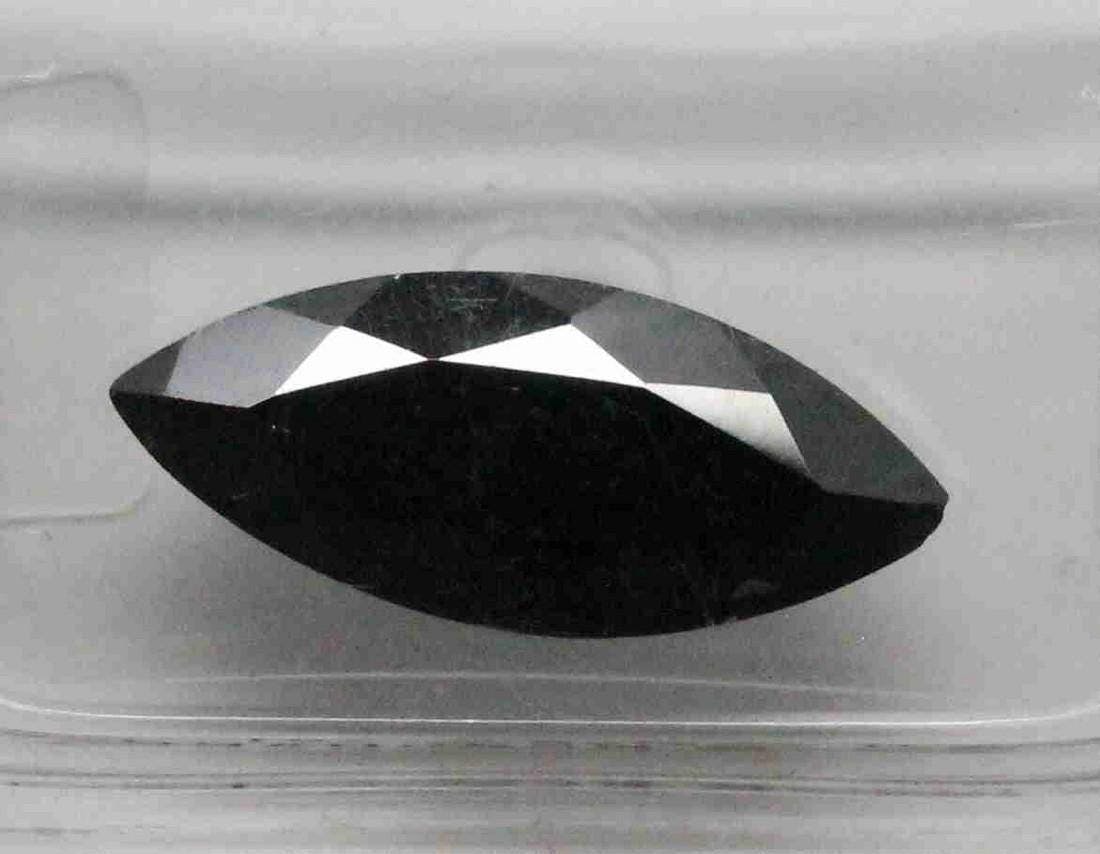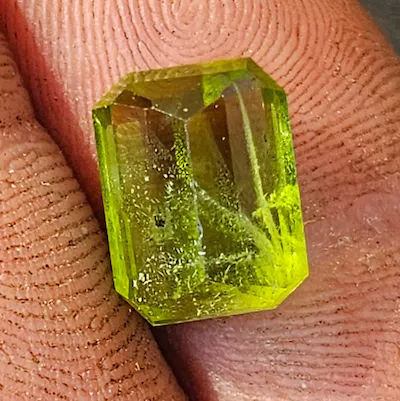Information about Opal, News
Opal Simulants: How to Spot Imitation Opal
Navigate the enchanting world of gemstones with Melogems, where opals take center stage for their mesmerizing play of colors and distinctive beauty. However, not all opals are genuine; some are imitation opals known as opal simulants, capable of deceiving unsuspecting buyers. How can you differentiate between the real deal and imitation opals, ensuring that your purchase is the authentic gemstone?
Our article on opals equips you with the knowledge and tools needed to make informed decisions when adding these captivating gems to your collection or jewelry. By employing a few simple techniques and honing your observational skills, you’ll effortlessly distinguish between genuine opals and their imitations. With Melogems as your guide, confidently choose opals that are truly authentic and elevate your gemstone collection. Explore our opal collection to find the perfect piece that resonates with your unique style and preferences.
What are Opal Simulants?
Opal simulants are materials that are created or presented to imitate genuine opals. Unlike synthetic opals, which have the same chemical composition as natural opals, simulants have distinguishable differences in their properties. It is useful to measure the specific gravity and refractive index of a gemstone to determine if it is a simulant. However, with experience, it is often possible to identify most simulants using only your eyes and a loupe.
Is it Unethical to Sell Opal Simulants?
Selling opal simulants is not unethical as long as the merchant discloses that the stones are imitations. However, it is important for customers to be informed and educated about what they are purchasing. Opal simulants can still be beautiful and attractive as jewelry stones, and some may even have more durability and wearability than genuine opals. Transparency in the sale of opal simulants ensures that customers are making informed decisions.
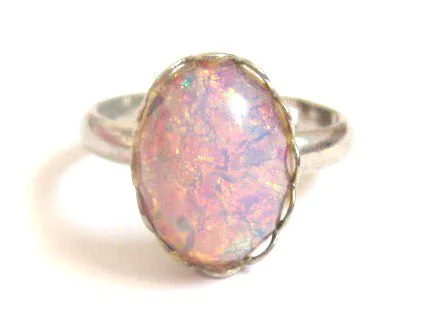
Lab-Made Opal Simulants
The most common types of opal simulants are synthetic materials formed from a reflective material in a matrix of glass, plastic, or resin. These simulants can be manufactured in a lab setting to closely resemble the appearance of opals. While they may look similar to genuine opals, their properties differ and can be detected with the right instruments or visual inspection.
Plastic Opalite
Opalite is a type of opal simulant made from plastic. It is often milky white or bluish in color and has a distinctive glassy appearance. Plastic opalite is lightweight and has a low specific gravity compared to natural opal. It also lacks the play of color that is characteristic of genuine opals. When examined closely, plastic opalite may show bubbles or other imperfections due to its manufacturing process.
Glass Opalite
Glass opalite is another common simulant made from glass. It can have a variety of colors and patterns, similar to natural opals. However, upon closer inspection, glass opalite lacks the internal structure and play of color that genuine opals possess. Glass simulants are heavier than natural opals and can have a higher refractive index. They may also have a more uniform appearance and lack the unique patterns and variations found in genuine opals.
A Note on Natural Opalite
While opalite is commonly used as a name for simulants, it is important to note that there is a naturally occurring mineral called opalite. Natural opalite is a type of common opal that lacks the play of color found in precious opals. It is often translucent or opaque and can have various colors. However, it is not commonly used as a simulant for precious opals due to its different optical properties.
Plastic Resin Opal Simulants
Plastic resin simulants are made by embedding opal chips or flakes in a resin material. This creates a composite material that resembles the appearance of genuine opals. While resin simulants may have a similar play of color to natural opals, they lack the internal structure and durability. Resin simulants are often lightweight and have a lower specific gravity than natural opals.
Slocum Stone
Slocum stone is a type of opal simulant made from glass or plastic with added dyes or coatings to mimic the appearance of opals. It can have a variety of colors and patterns but lacks the play of color found in genuine opals. Slocum stone is often readily available and can be found in various jewelry pieces. However, its properties and lack of play of color make it distinguishable from natural opals.
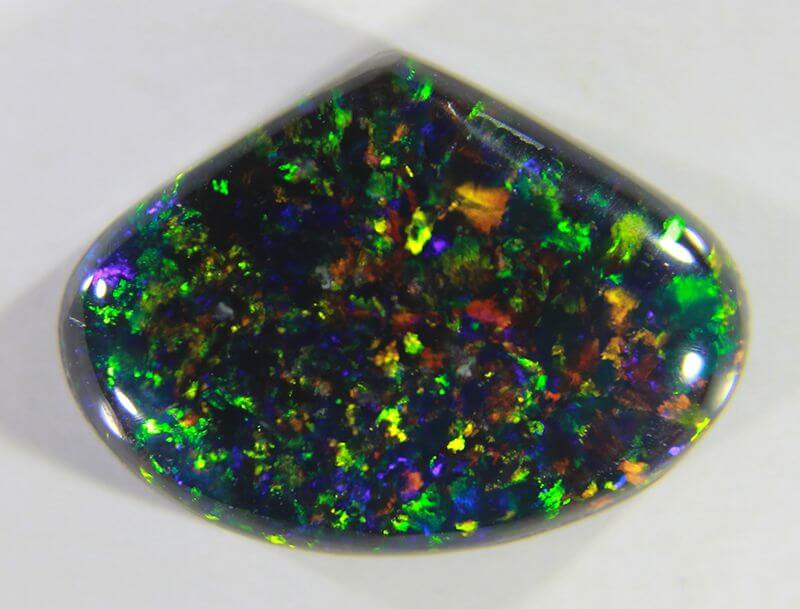
Kyocera Opal Imitation
Kyocera opal imitation is a lab-grown simulant made from a combination of glass and ceramic materials. It is known for its vibrant play of color and can closely resemble the appearance of precious opals. However, Kyocera opal imitations lack the unique internal structure and dynamic play of color found in natural opals. With careful examination, it is possible to distinguish Kyocera opal imitations from genuine opals.
Natural Gemstones as Opal Simulants
In addition to lab-made simulants, there are also natural gemstones that can resemble opals in appearance. While these gemstones may share some similarities with opals, they have different chemical compositions and physical properties.
Fire Agate
Fire agate is a gemstone with a unique play of color similar to opals. It exhibits iridescent colors and vibrant flashes when light interacts with its internal structure. However, fire agate is composed of silica-based minerals and lacks the hydrated silica composition of opals. It is heavier and denser than opals, making it distinguishable upon closer examination.
Labradorite
Labradorite is a feldspar mineral that can display a play of color similar to opals. It exhibits iridescent hues and can have a captivating shimmer when viewed from different angles. However, labradorite is not composed of hydrated silica like opals. It has a different mineral composition and lacks the unique internal structure that gives opals their play of color.
Moonstone
Moonstone is a type of feldspar mineral that can share a similar milky appearance with certain opals. It has a unique adularescence, a phenomenon where a soft glow appears to float beneath the surface of the stone. While moonstone can resemble opals in certain lighting conditions, it lacks the play of color characteristic of opals. Moonstone is composed of different minerals and has different physical properties.
Ammolite
Ammolite is an opal-like gemstone formed from the fossilized shells of ammonites. It can have a vibrant play of color with iridescent hues similar to opals. However, ammolite is composed of aragonite, a carbonate mineral, and lacks the hydrated silica composition of opals. It also has a different internal structure and the play of color is caused by interference rather than the diffraction of light.
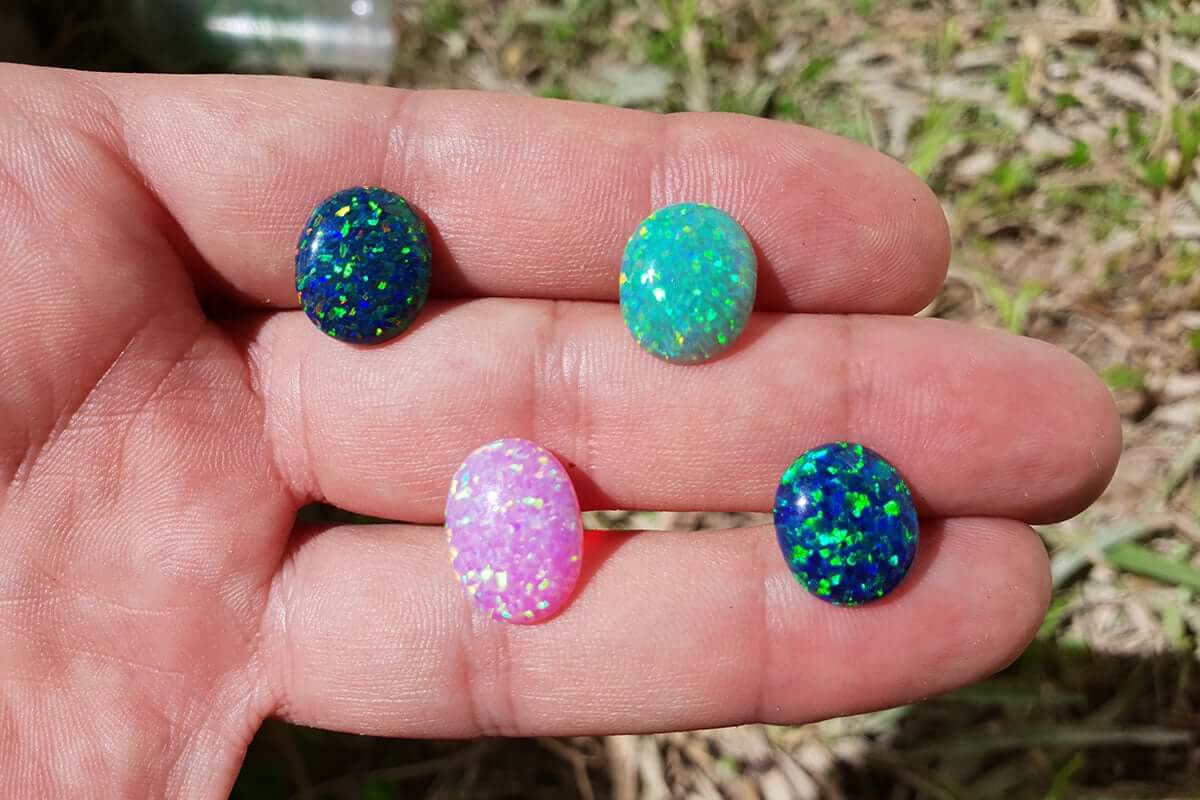
Tips for Distinguishing Genuine Opals from Simulants
Distinguishing genuine opals from simulants can be challenging, but with careful observation and knowledge of their properties, it is possible to make an accurate assessment. Here are some tips to help you spot imitation opals:
- Play of Color: Genuine opals have a unique play of color that is caused by the diffraction of light through their internal structure. Simulants may lack this play of color or display a different type of coloration.
- Internal Structure: Examine the internal structure of the gemstone. Genuine opals have a unique arrangement of silica spheres that create a dynamic play of color. Simulants may lack this distinctive internal structure.
- Specific Gravity: Measure the specific gravity of the gemstone. Genuine opals have a lower specific gravity compared to many simulants such as glass or plastic.
- Refractive Index: Determine the refractive index of the gemstone. Simulants may have a higher refractive index than opals, which can affect their appearance and how light interacts with the stone.
- Uniformity: Look for any signs of uniformity or lack of variation in color or pattern. Genuine opals often exhibit unique and varied patterns, while simulants may have a more consistent appearance.
- Weight: Consider the weight of the gemstone. Simulants such as glass or plastic may be heavier than opals, which can be detected by their weight in comparison to genuine opals.
- Bubbles or Imperfections: Examine the gemstone for any bubbles, imperfections, or inconsistencies that may be indicative of a simulant. Simulants made from plastic or resin may show these imperfections due to their manufacturing process.
By considering these factors and conducting careful observation, you can increase your ability to identify genuine opals and distinguish them from opal simulants.
